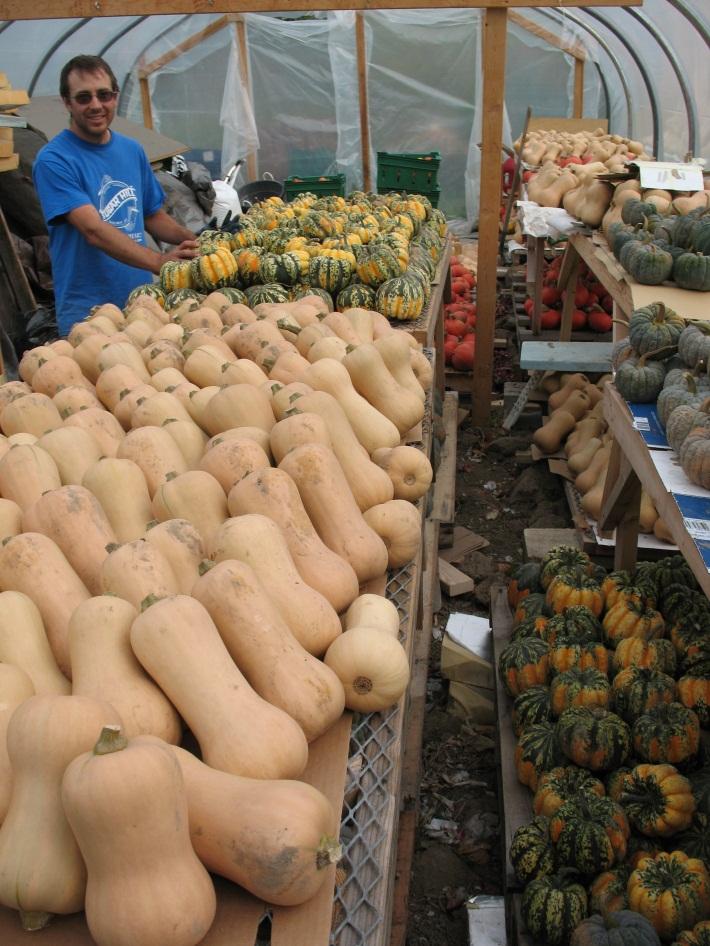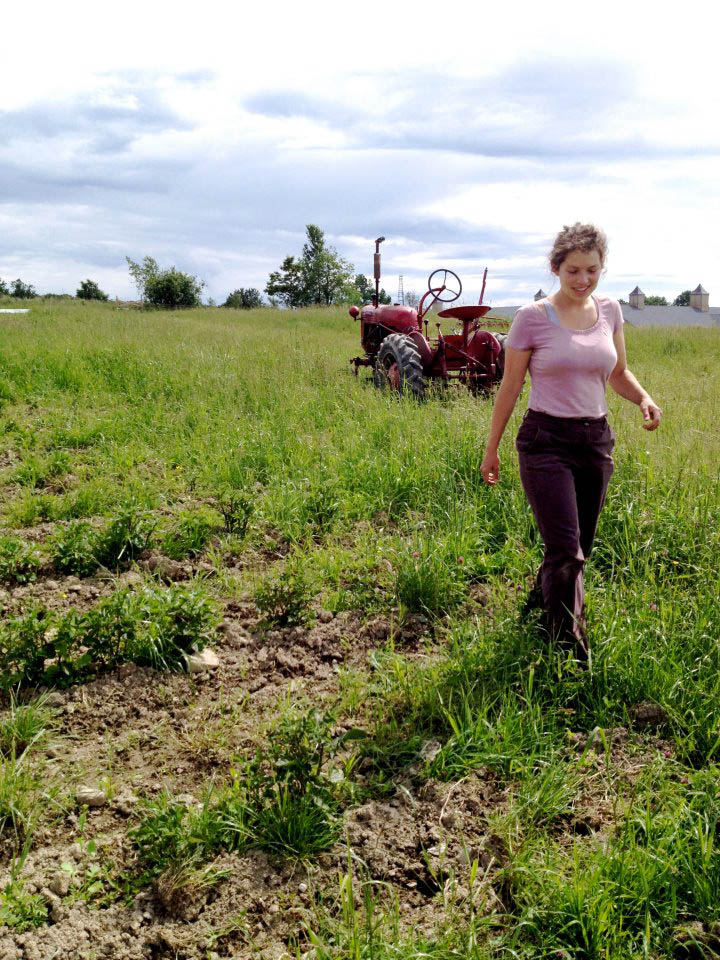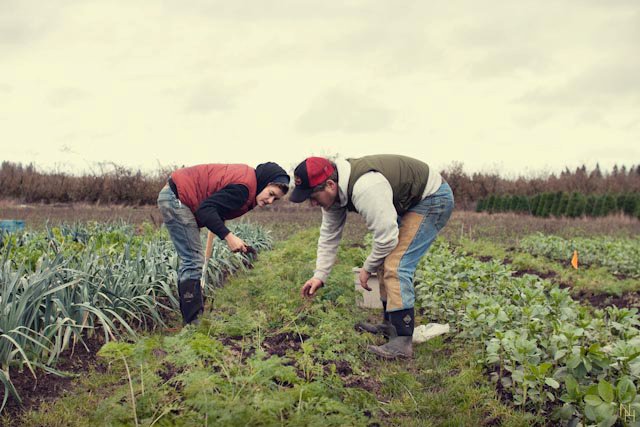Bootstrap @ Hartwood – Finding Time to Make Changes

The crops are mostly out of the ground, the fields and yard are picked up for winter, and our off-season project list has grown to seemingly impossible lengths. We don’t want to praise anything too much though—last month’s blog where we celebrated our equipment making it through the season may have jinxed us. Two days […]
CSA Legal Practices Online Webinar

Beginning farmers – here is a free class for those interested in learning more about the legal aspects of running a CSA: Building the Base of Your CSA: Legal Best Practices, Including Member, Volunteer, and Intern Agreements Monday, December 10th, 2012 from 6-7:30pm, Central Do you have a CSA program or are you planning […]
The Farm Bill's Real Impact – BFRDP Helps Train the Next Generation

My name is Sophie Ackoff, I have been an apprentice at Glynwood Farm. Like so many other beginning farmers today, I don’t come from a farming family and I have no land or agricultural skills to inherit from my parents. I believe that the government needs to support beginning farmers and shouldn’t short-change farmer training […]
Bootstrap @ Hartwood – The Best Laid Plans…

Well, many areas of New York received some good drenching over the last few weeks. Unfortunately, we were not among them. We did get about ¾” between 3 rainfalls, and that helped us have a few days off irrigating and kept our pasture and cover crops alive longer, but it didn’t touch the pond level […]
CSA Model Continues to Grow
The model of community-supported agriculture (CSA)–where members pay farmers a certain amount up front in order to get a share of the farm’s produce for the year–has been growing in California’s Central Valley, according to a new study published in the University of California’s California Agriculture journal. Between 1990 and 2010, CSA membership in this […]
Fresh from DC via VT: New Effort to Expand Community Supported Agriculture
The little Green Mountain State of Vermont is a real leader in the movement to connect consumers with the farmers that grow their food. There are lots of inspiring, innovative farms and projects taking root in Vermont, thanks, in part, to Vermont’s leaders’ belief in the movement. Luckily for all of us, Vermont’s rock star […]
Caitlin Arnold and Holly Mills, Oregon

Tell me a little bit about your farm. Sidewalk’s End Farm is located in the city of Portland, Oregon. We farm five city plots and one large rural one, focusing on northwestern hardy, late season, and storage crops. The farm was started by four people–Holly, Jud, Rachel, and Tom–who lived and gardened together for three […]